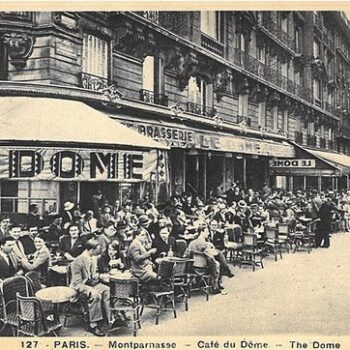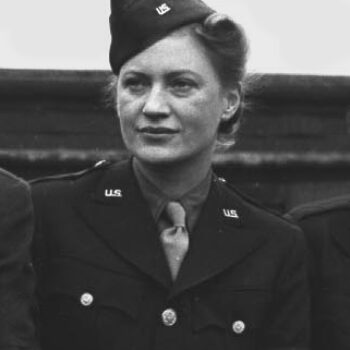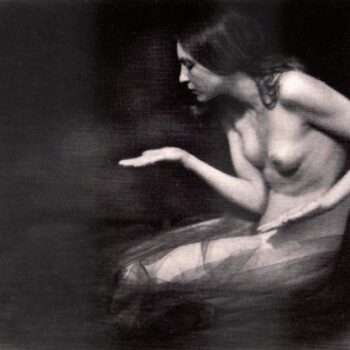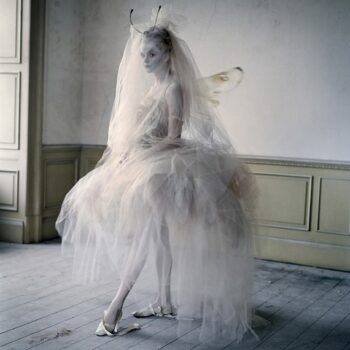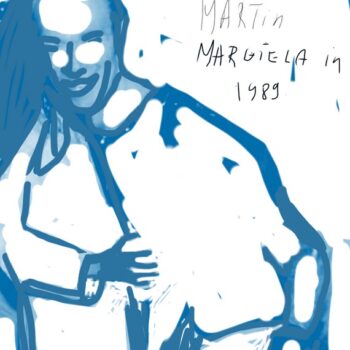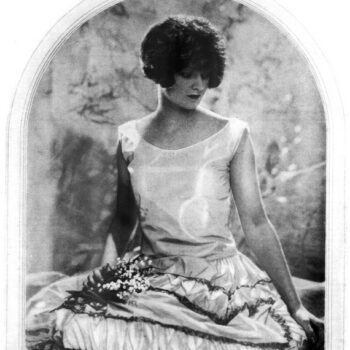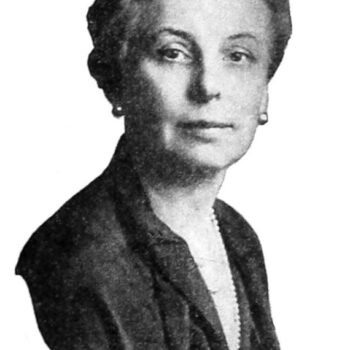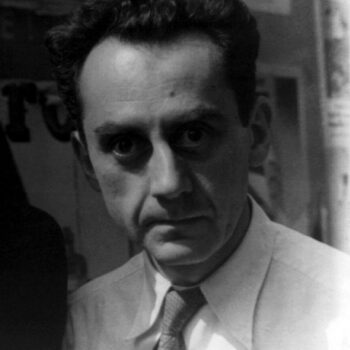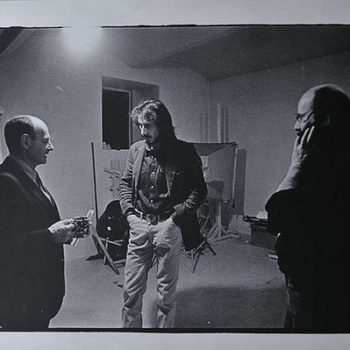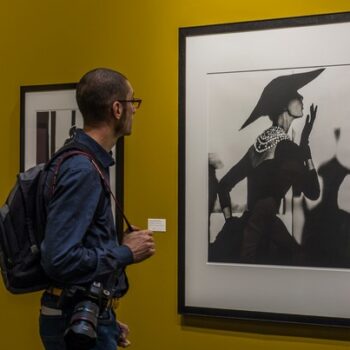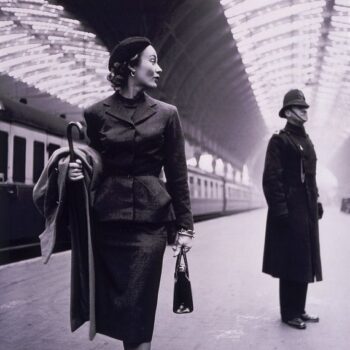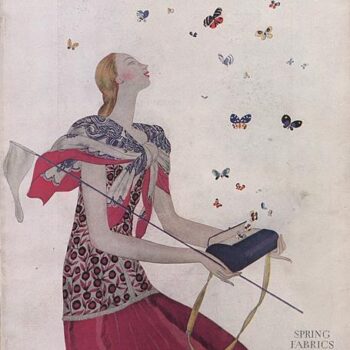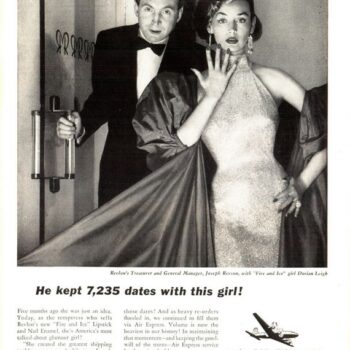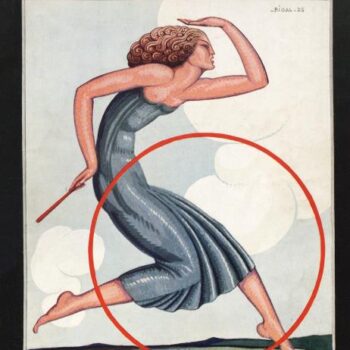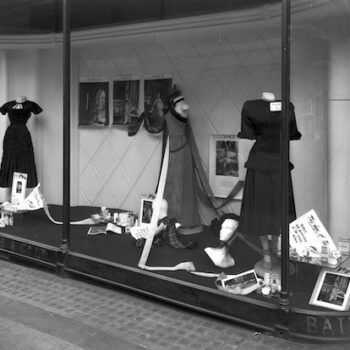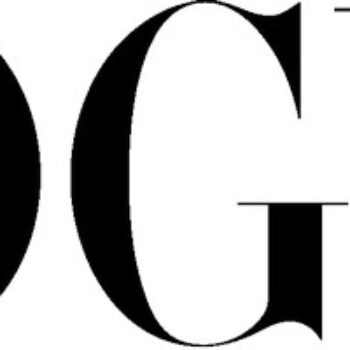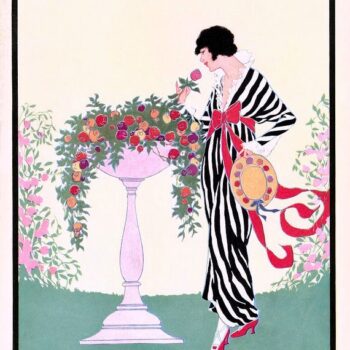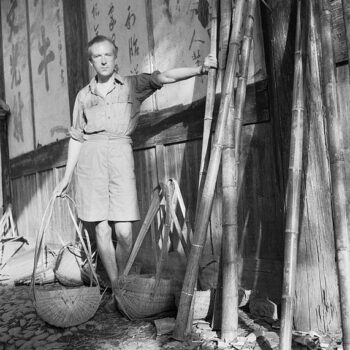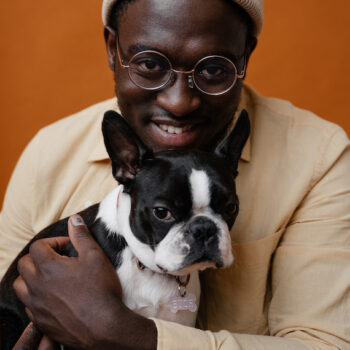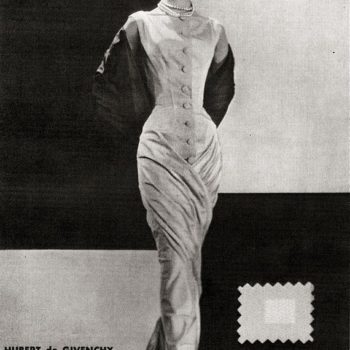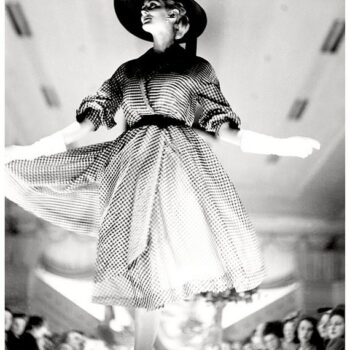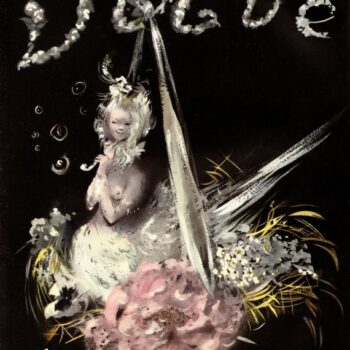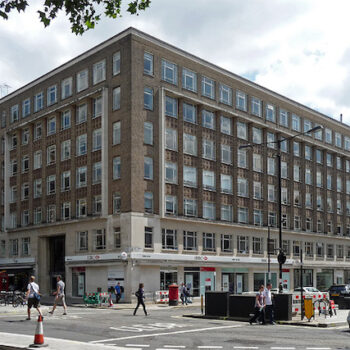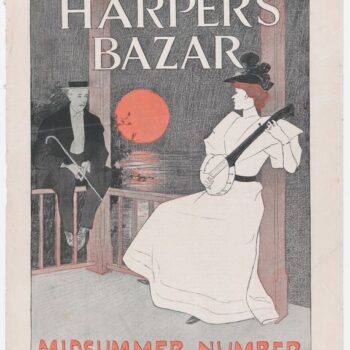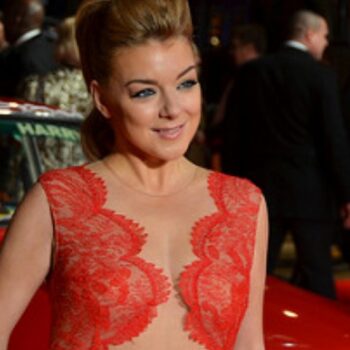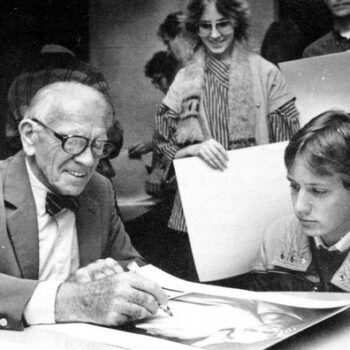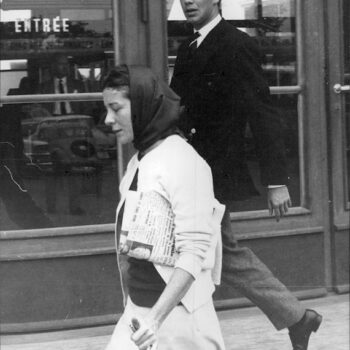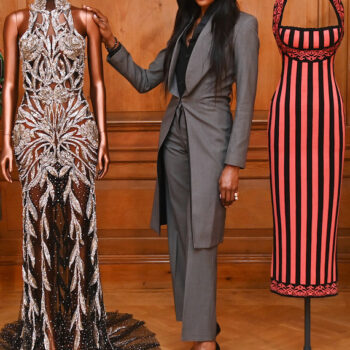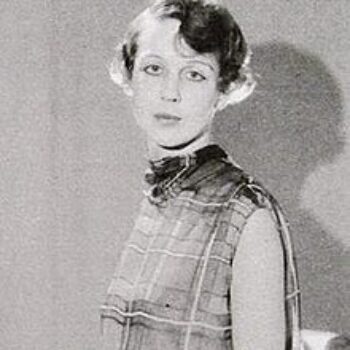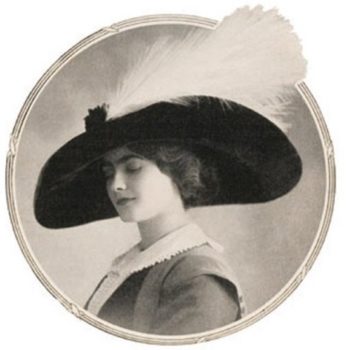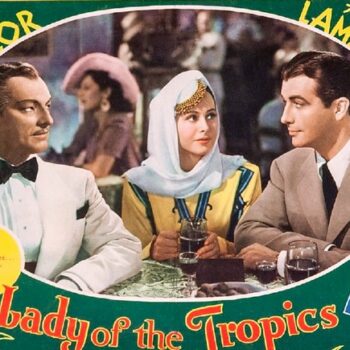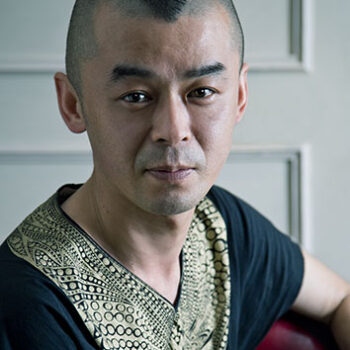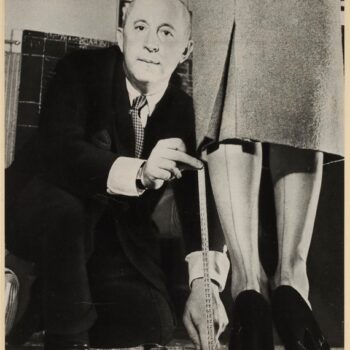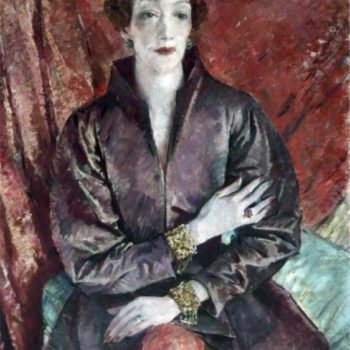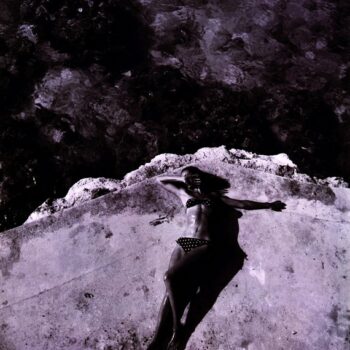Martin Munkácsi the unconventional photographer
May 28, 2015Women stride, run, and jump while dresses, skirts and capes billow, float and swirl. In the fashion photography of Martin Munkácsi, the beauty of movement is everything.
Which came as some surprise to the fashion world of the 1930s – stiff studio portraits were the norm, and when editor Carmel Snow invited the Hungarian artist to do a shoot for Harper’s Bazaar in 1933, at first she thought she’d made a mistake.
It was a cold day, the opposite of glamorous, and ‘The photographer didn’t speak a word of English; his friend seemed to take forever to interpret.’ she remembers in her memoirs. Munkácsi was making ‘wild gestures’ with his arms. ‘What does he want?’ Snow asked, but the model, a huge grin on her face, began running towards him and he took the picture that made him famous.
Martin Munkácsi – Unconventional
It’s not surprising that Martin Munkácsi loved action shots – he began his career as a journalist who was asked to provide photos to go with his text. Since his subject was sports, including horse and motor car races, naturally his first subjects were in motion – but even these he didn’t capture in a conventional way. ‘I saw him kneeling in the water at a steeplechase, shooting horses as they jumped the obstacles, I saw him tie himself to a racing car and shoot alongside. “Crazy Angle” Munkácsi, that’s what they called him.’ explained a colleague.
An intuitive technical genius
The result of that unusual photo, shot when Martin Munkácsi was visiting New York on a photo-reportage job for a different magazine, was that Carmel Snow made him a job offer – which was very, very useful for a Jew currently working in Germany just as Hitler came to power. In fact, Munkácsi covered the historic Day of Potsdam in 1933, photographing both Hitler and his new Minister of Propaganda, Goebbels.
Munkácsi had always made striking photos, not just of fashion but of German village life, news stories and portraits. Technically his ability to capture movement was impressive, and the crisp black and white shots showed motion without blurriness.
But as a collection of glass negatives that have recently come to light show, it was his ability to crop as well as his terrific angles and technical knowhow that made a picture.
Henri Cartier-Bresson later described in one of his pictures “Such intensity, spontaneity, such a joy of life, such a prodigy.” A prodigy he may have been, but the pictures were painstakingly worked on.
He also pioneered the no-clothes fashion shot, showing the first naked models, perhaps with a hat or sun umbrella, in any fashion magazines.
Martin Munkácsi’s babies
Martin Munkácsi worked not only for Harper’s Bazaar but for Life Magazine, and Ladies Home Journal amongst many others. He became extremely well paid for his work, and lived in high style, but by the time he died in 1963 he was destitute.
‘He wanted his world a certain way,’ said Richard Avedon, in tribute. ‘And what a way! He saw what was free in it, happy in it, and however much he suffered, and he did suffer, his pain never destroyed his dream… Today the world of what is called fashion is peopled with Munkácsi’s babies, his heirs.’
all photos by Martin Munkácsi.
The photo that started it all.
Martin Munkacsi, [Woman in rowboat], 1928.
Martin Munkacsi- Skydivers, United States, c.1935-45.
Jumping
Billowing.
Sunbathing.
Beach parasols.
A diver in action.
Woman sunbathing by Martin Munkacsi 1935.




